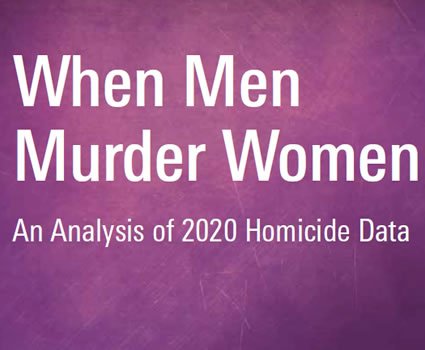By Mark T. Berg and Christopher J. Schreck
The criminological theory developed without an expectation of a victim-offender overlap. Among most crime theorists and policymakers, to solve crime it is necessary to solve the criminal offender. Modern choice theories took a different view by evolving from victim data, treating target vulnerability as essential to the criminal act and with full awareness of the overlap. Here, we discuss the emphasis on offenders in criminology as being inconsistent with the facts of the overlap. The evidence shows that the victim-offender overlap is consistently found, implying that offending and victimization arise for similar substantive reasons and that offenders act principally in response to targets. This conclusion has important implications. First, any theory of crime that cannot logically predict the overlap as a fact may be subject to falsification. Second, the choice perspective suggests a theory of precautionary behavior, which urges a policy agenda that encourages actions against crime by potential targets.
Annu. Rev. Criminol. 2022. 5:277–97











